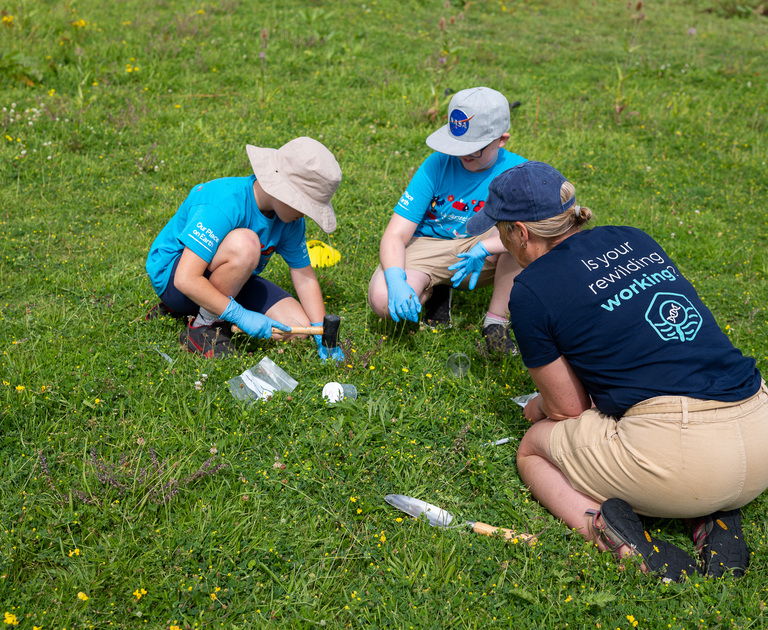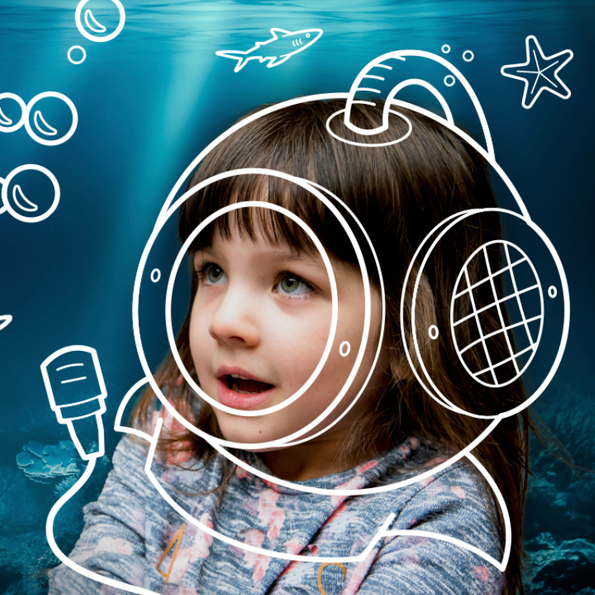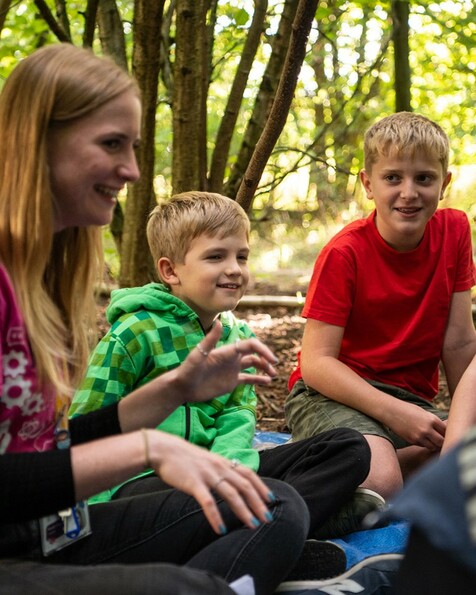At Wonderseekers, we know that children will be responsible for the future of our planet and yet, their opinions about science, nature, and the climate crisis are often overlooked. We’re on a mission to change this. Our fantastic Young Design Panel have taken science and nature into their own hands as our first child-centred partnerships project gets underway. As part of a six-day intensive workshop at Winchester Science Centre, the children investigated a range of scientific topics and gained an in-depth understanding of how a science centre works.
What is light pollution? Where does our food come from? How are exhibits made? These were some of the questions up for discussion in the Young Design Panel workshops that took place during the summer holidays. Researchers Dr Sarah Payne, from the University of Surrey, and Dr Jenny Baverstock, from the University of Southampton, joined the children, along with scientists and industry experts including Butterfly Conservation, Nature Metrics, and Chris, a South Downs National Park Ranger. Together they explored the sound of biodiversity, soil sampling, dark skies, endangered species, and food production to better understand the impact they have on our planet.
The children also had the opporutnity to design and create their own exhibits incorporating the themes explored in the other sessions. Expert exhibition designers from HKD, who worked with Wonderseekers on the transofrmation of the Science Centre's upper floor in 2020, were on hand with examples of how to make learning interactive and memorable. Some groups chose to adapt games they enjoy. We saw the creation of a giant maze which is navigated using sound, “Worms and Ladders” a twist on the classic board game that explores the foods that butterflies eat and an arcade-style dance game inspired by the fascinating discovery that butterflies eat with their feet! Other groups used role play. These groups created a supermarket that teaches children about the distance our food travels and an interactive room that investigates light pollution, showing the impacts of public transport and streetlights on our night skies.
Caoimhe, aged 10 said: “My favourite part was sharing my love for caterpillars and owls.”
Iva, aged 9 said: “I liked the light session with Jackson.”
William, aged 9 said: “I liked when ranger Chris came in.”
The children’s understanding of the science was underpinned by a visual art practice, led by Milly Rolle, encouraging the children to experiment with various art techniques such as printing with inks and collage. This is part of a new way of working for our Charity that is exploring how the arts can be used to engage more children in science.






